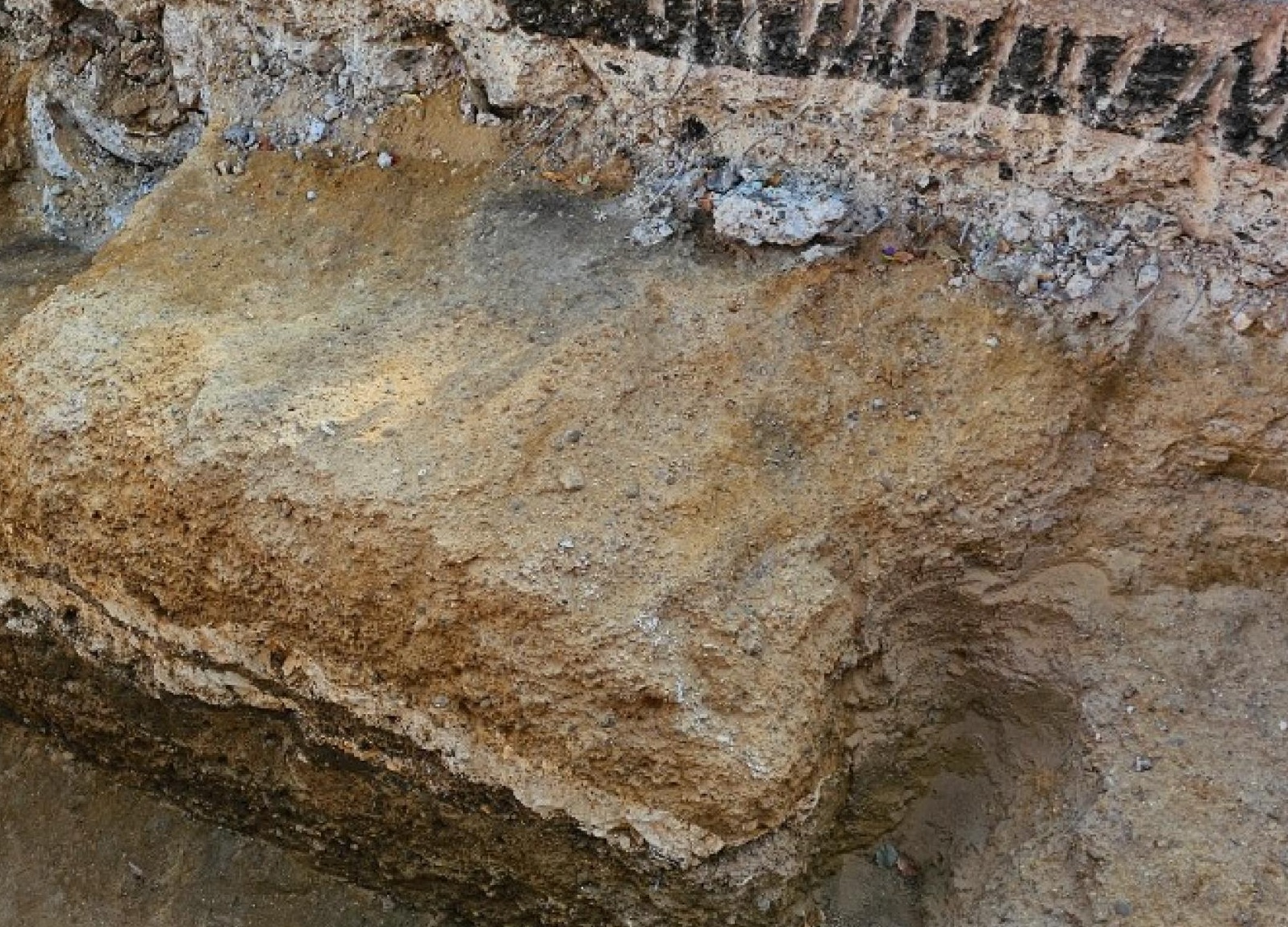Archaeologists have found traces of Watling Street, a Roman road that served as a major historical route during Classical Antiquity, Late Antiquity, and throughout the Middle Ages.
Watling Street, constructed shortly after the Roman invasion of Britain in AD 43, played a vital role in connecting population centres throughout the province of Britannia.
It linked the Kentish ports of Dubris (Dover), Rutupiae (Richborough Castle), Lemanis (Lympne), and Regulbium (Reculver) to the Roman bridge over the Thames at Londinium (London). From there, the route continued northwest through Verulamium (St Albans) and further to Viroconium Cornoviorum (Wroxeter).
Pinpointing the exact route of Watling Street in London has been a challenge due to the continuous occupation layers over the centuries. Archaeologists from MOLA (Museum of London Archaeology), in collaboration with Veolia, RPS, and Southwark Council, have recently uncovered a section of the road preserved under present-day Old Kent Road.
Dave Taylor, MOLA project manager, said: “It’s amazing this section of road has survived for almost 2000 years. There has been so much activity here over the past few hundred years, from sewers to power cables, tramlines and of course the building of the modern road, so we’re really excited to find such a substantial chunk of Roman material remaining.”
The unearthed section, located south of the junction of Old Kent Road and Ilderton Road, measures 5.8 metre wide and 1.4 metres high.
Excavations have identified the distinct layers used in the road’s construction, including a compacted gravel base, layers of chalk, and a sand-and-gravel topping.
The original road surface is thought to have been at the same level as the modern road, in which the base of the Old Kent Road sits directly on the Roman structure.
Header Image Credit : Southwark Council
Sources : Southwark Council





